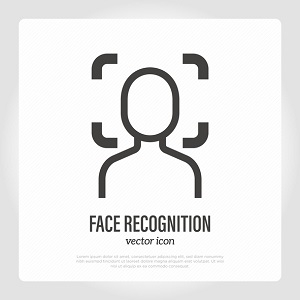In science fiction movies, when a technology tries to read emotions and double them when it succeeds, it’s always creepy.
However, according to a market report driven by research and market, sentiment detection and recognition are growing. In fact, they are growing at a healthy rate.
Of course, this means that as new patents and products emerge, people worry about accuracy and privacy. Even before studying how the technology can overcome gender and racial prejudice, it is difficult for emotion detection to operate accurately and reliably under ideal laboratory conditions.
At the same time, it’s hard to think about emotion detection, and it’s hard not to think about government and commercial cameras recording people’s attempts in public, essentially reading their thoughts.
According to the new market report, the segment is still growing regardless of the market, which estimates the market presence of emotion detection and recognition components, technologies, buyers, global regions and other factors.
It is estimated that by 2026, the product segment will grow from US $19.5 billion last year to US $37.1 billion, with a compound annual growth rate of 11.3%.
(according to a study by scientists from the Association for Psychological Sciences and the Washington Post, emotion detection using biometric facial recognition has reached $20 billion, but facial movements and expressions do not reliably reflect a person’s feelings.
This growth is driving buyers’ demand for voice analysis based emotion detection systems to “grow,” the report said. Demand in the automotive industry is also growing, as is demand for social intelligence artificial agents, the report said.
Mature technologies, including machine learning, artificial intelligence, Internet of things and deep learning, have created more and more reliable infrastructure for the new biometric field.
Innovation is becoming more and more complex.
Earlier this month, a mobile video platform manufacturer with real-time sentiment analysis won a US advertising related development patent.
The patent innovation of truth is called the journey of emotional optimization. For example, the algorithm aims to decipher the emotional response of prospective buyers to video ads and customize what happens next. Joy and indifference will lead someone to a digital path that best satisfies his or her emotions.
Amazon and Spotify have their own reading patents《 According to a recent article in the New York Times, Sportify protects a way of using voice to guess what customers want to hear and their age and gender.
In an interesting development, gazepoint research has launched a new product that adds eye tracking to its emotional biometric product, which can collect biometrics, including inductive skin reactions and heart rate.
This is interesting because in many emotion detection products, eye movement is masked. So far, developers of these systems have seen eye movement as noise masking as useful signals.
Noise also describes how skeptics and privacy advocates describe the technology itself.
Joseph Tulow, author of voice catcher, said in a market radio interview that multiple industries – such as healthcare – can make effective use of emotion detection.
But tulow, a professor at the Annenberg School of Communication at the University of Pennsylvania, said, “These things should be banned from marketing.
It’s intrusive in a very personal way, which benefits marketers more than consumers.
Post time: Jul-08-2021


